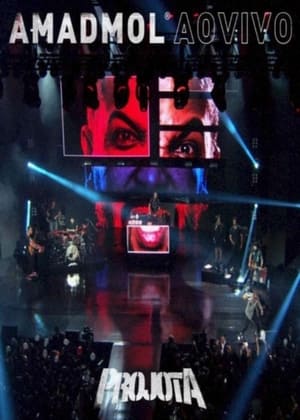TV Sheriff and The Trailbuddies: Not 4 $ale
Top 1 Billed Cast
TV Sheriff
Similar Movies
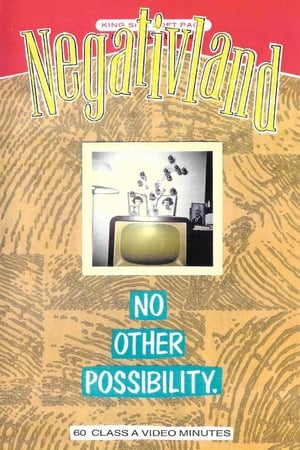 8.0
8.0Negativland: No Other Possibility(en)
In an effort to cure her smoking habit a middle-aged woman discovers that she can communicate with her long lost son while watching a Halloween safety program on TV. After suffering a nervous breakdown, her husband, a used car salesman, is revitalized when he travels back in time to drive the first car he ever sold. Seventeen years later a powerful canned food manufacturer crashes the same car into a toaster truck while endorsing a brand of yams on live TV. At the funeral his clergyman experiences a crisis of faith when he and a lifelike Mexican continue their search for a married couple who have befriended an insect who enjoys drinking lime soda. They later meet a young man whose bizarre murder scheme involves four innocent members of an experimental rock band who have all given up smoking.
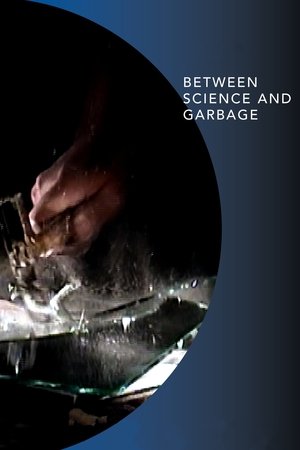 5.2
5.2Between Science and Garbage(en)
A whirlwind of improvisation combines the images of animator Pierre Hébert with the avant-garde sound of techno whiz Bob Ostertag in this singular multimedia experience, a hybrid of live animation and performance art.
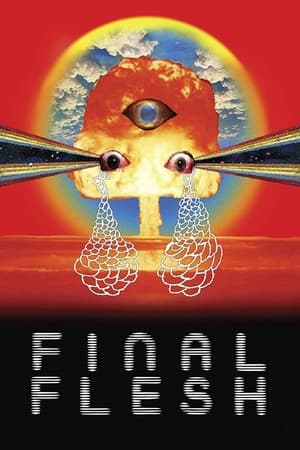 4.8
4.8Final Flesh(en)
The Pollard family is calmly discussing their impending death by atom bomb when Mrs. Pollard recounts a dream in which she sensually bathes herself in the "Tears of Neglected Children."
Hokus Fokus(en)
A filmmaker gets lost in a world of his own creation, literally. He is plotted against by his outer demons, searches for his lost sex scene and contends with several other versions of himself. A joyful rule-breaking carnival ride through a filmmaker's dreamland.
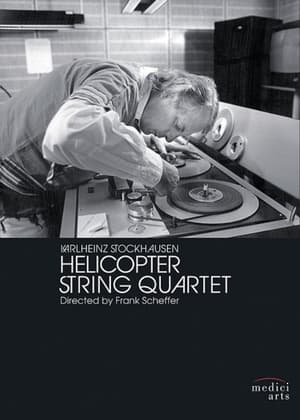 5.7
5.7Helicopter String Quartet(de)
One morning, the late Karlheinz Stockhausen awoke from a dream that told him to take to the sky. Stockhausen envisioned four helicopters swirling in the clouds, with each of a quartet’s members tucked inside his own chopper, communicating through headsets, stringing away in sync to the rotor-blade motors. He immediately set forth to make that dream a reality. In 1995, Dutch film director Scheffer followed Stockhausen in the days leading up to the premiere performance of his Helicopter String Quartet in Amsterdam. The resulting film offers a rare glimpse of Stockhausen as he patiently dictates every agonizingly detailed measure to the Arditti Quartet.
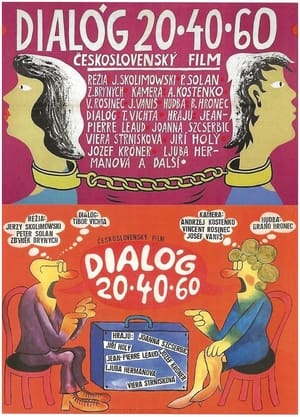 5.3
5.3Dialogue 20-40-60(sk)
"Using the same, three times repeating dialogue – dramatic conversation between man and woman – Jerzy Skolimowski from Poland, Slovak director Peter Solan and Czech director Zbynìk Brynych shot three different stories. The result was an extraordinary experiment in the world cinema, which we can call an insight in the relationships of men and women of different age groups, an analysis of love and marriage of those who are at the beginning, in the middle or going towards the end of their life."
 6.3
6.3We Don't Care About Music Anyway(en)
From radical turntablism (Otomo Yoshihide) to laptop music innovation (Numb), via classical instrument hijacking (Sakamoto Hiromichi), Tokyo's avant-garde music scene is internationally known for its boldness. While introducing some of the greatest musicians of this scene, "We Don't Care About Music Anyway..." offers a kaleidoscopic view of Tokyo, confronting music and noise, sound and image, reality and representation, documentary and fiction.
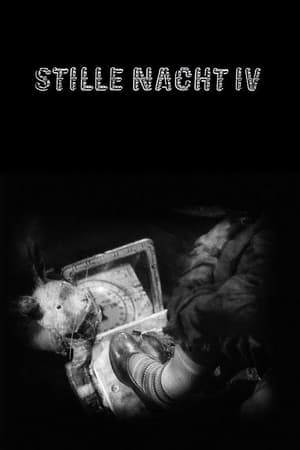 6.8
6.8Stille Nacht IV: Can't Go Wrong Without You(en)
Short animated film featuring the song "Can't Go Wrong Without You" by His Name Is Alive.
Behind a Hill(en)
This documentary is a journey into our own fascination, a collection of portraits of folk musicians living in New England, and a study of the ground on which their music is founded. We listen to them as they tell their stories and play their music. First and foremost, Behind a Hill is a tribute to these musicians and a rare peep into the house parties and basement jams of New England, in the northwestern corner of the USA, with the vain hope attached that maybe you, the viewer, will grow as fond of the music as we have. When we first encountered these musicians, we were overwhelmed by the quality of their musical output. We were entranced by the melodies, harmonies, rhythms, and tempos and every other element that constitutes a song (or, as is often the case, a piece of abstract drone music, heavy feedback, or someone banging a steel pipe against a bag of dirt while chanting in a yet undiscovered language, or...).
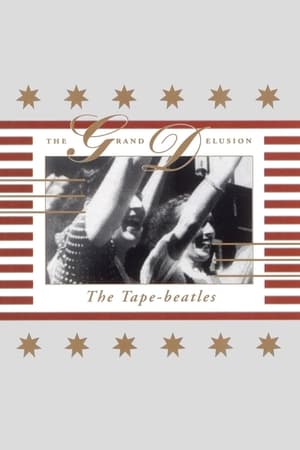 0.0
0.0The Tape-Beatles: The Grand Delusion(en)
Produced in 1993, The Grand Delusion is one of our most completely realized works. In addition to taking the usual form of a Tape-beatles release (a CD), The Grand Delusion was also delivered in the form of an ‘expanded cinema’ presentation involving three-screen motion picture projections and sound. The screen space for this production is intended to be three times the width of the normal 3 to 4 "Edison" aspect ratio of 16mm. The presentation only uses the full width intermittently, so transitions from one form to the next has been translated here by means of a video effect. As a live performance presentation, The Grand Delusion has been screened in dozens of venues across North America and Europe.
Biotaxia(en)
A successful actress with three children takes an artist lover to fill a void in her life. This avant garde feature illustrates the alienation of an individual who is lonely despite the wealth and fame her career has brought to her. Jose Maria Nunes wrote the screenplay which relies heavily on verbiage and philosophical symbolism.
Black Hole Radio(en)
Black Hole Radio is an installation that consists of taped confessions of callers of the New York City Phone Confession Line and video images. The Phone Confession Line is based on anonymous callers ringing to confess on things they had done or thought like adultery, theft, murder or regrets. Thereafter anybody could call and listen to the confessions. Although making a confession was free, listening to a confession costs money. After Cohen got his hands on the confessions, he used them as an audio heartbeat to accompany video-images of every day life in New York City he had taken over the years. This installation is a portrait of the city with its dark secrets, hushed voices and nocturnal images. In this way Cohen tries to bring across an experience to the viewer that relies on absence, waiting and the effort to hear something in the dark.
 4.5
4.5Gloria Mundi(fr)
An actress of political torture movies made by her husband has to finish his latest film and arrange a screening for distributors while the husband, who is also secretly an anarchist revolutionary, is away for some resistance operation.
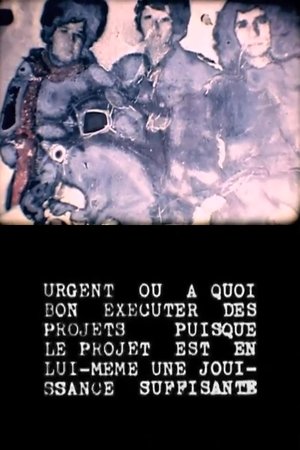 5.5
5.5Urgent ou à quoi bon exécuter des projets puisque le projet est en lui-même une jouissance suffisante(fr)
Gérard Courant applies the Lettrist editing techniques of Isidore Isou to footage of late 70's pop culture. Courant posits that his cinema offers an aggressive détournement to the French mainstream, reifying a Duchampian view of film: "I believe in impossible movies and works without meaning... I believe in the anti-movie. I believe in the non-movie. I believe in Urgent... My first full length movie that is so anti-everything that I sometimes wonder if it really does exist!"
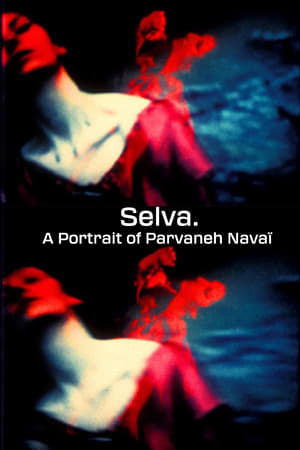 10.0
10.0Selva. A Portrait of Parvaneh Navaï(fr)
Trance dances and out of body projection. In front of the camera, Parvaneh Navaï becomes a mediator who enters in contact with and immerses into the energies of Nature, while her own energy radiates and echos in the forest ("selva"). The camera amplifies and expands her presence, transforming the forest into an imaginary space. The camera becomes a painter's brush.
Sylvia Kristel – Paris(en)
Sylvia Kristel – Paris is a portrait of Sylvia Kristel , best known for her role in the 1970’s erotic cult classic Emmanuelle, as well as a film about the impossibility of memory in relation to biography. Between November 2000 and June 2002 Manon de Boer recorded the stories and memories of Kristel. At each recording session she asked her to speak about a city where Kristel has lived: Paris, Los Angeles, Brussels or Amsterdam; over the two years she spoke on several occasions about the same city. At first glance the collection of stories appears to make up a sort of biography, but over time it shows the impossibility of biography: the impossibility of ‘plotting’ somebody’s life as a coherent narrative.
 5.0
5.0Animal Charm: Golden Digest(en)
Animal Charm makes videos from other people's videos. By compositing TV and reducing it to a kind of tic-ridden babble, they force television to not make sense. While this disruption is playful, it also reveals an overall 'essence' of mass culture that would not be apprehended otherwise. Videos such as Stuffing, Ashley, and Lightfoot Fever upset the hypnotic spectacle of TV viewing, revealing how advertising creates anxiety, how culture constructs "nature" and how conventional morality is dictated through seemingly neutral images. By forcing television to convulse like a raving lunatic, we might finally hear what it is actually saying.
Under a Bridge(ja)
In this tape, Ko Nakajima and Video Earth Tokyo interview a homeless man. The subject is initially angry and frustrated, but gradually opens up and shares stories about his life. Under A Bridge was later broadcast on cable television.
 4.2
4.2Naked Rose(en)
Among the millions of victims of the Nazi madness during the Second World War, Pierre Seel was charged with homosexuality and imprisoned in the Schirmeck concentration camp. He survived this terrifying experience of torture and humiliation, and after the war he married, had three children, and tried to live a normal life. In 1982, however, he came to terms with his past and his true nature and decided to publicly reveal what he and thousands of other homosexuals branded with the Pink Triangle had undergone during the Nazi regime. Il Rosa Nudo (Naked Rose), inspired by the true story of Pierre Seel, depicts in a theatrical and evocative way the Homocaust, focusing on the scientific theories of SS Physician Carl Peter Værnet for the treatment of homosexuality, which paved the way for the Nazi persecution of gay men.
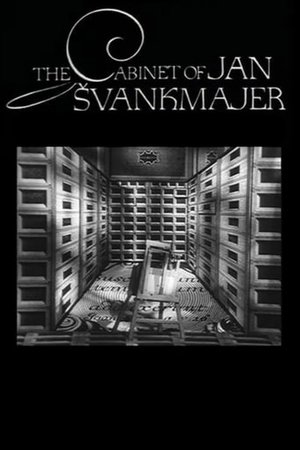 6.8
6.8The Cabinet of Jan Švankmajer(en)
In Prague, a professorial puppet, with metal pincers for hands and an open book for a hat, takes a boy as a pupil. First, the professor empties fluff and toys from the child's head, leaving him without the top of his head for most of the film. The professor then teaches the lad about illusions and perspectives, the pursuit of an object through exploring a bank of drawers, divining an object, and the migration of forms. The child then brings out a box with a tarantula in it: the professor puts his "hands" into the box and describes what he feels. The boy receives a final lesson about animation and film making; then the professor gives him a brain and his own open-book hat.
Recommendations Movies
 6.8
6.8Manos: The Hands of Felt(en)
MANOS: The Hands of Felt is a puppet musical re-imagining of the cult classic MANOS: The Hands of Fate. The film's story of a family vacation gone horribly wrong combines with the backstage drama of a movie shoot gone horribly wrong to tell the bizarre tale of fertilizer salesman-turned-film director Harold P. Warren. With song and dance numbers. And puppets.
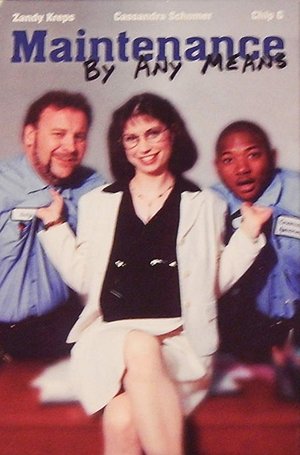 5.0
5.0Maintenance by Any Means(en)
"Maintenance by any Means" is about two maintenance men vying for the position of maintenance supervisor in an apartment complex. The maintenance men must compete with each other in order to get the job left open by the former Maintenance Supervisor. They need evaluations by the people who live at the apartments for every work order they finish. The problem is the renters themselves. Each one they run into has their own set of interesting problems. The maintenance men soon discover that a positive review may be hard to come by. Fixing broken down items in the apartments is the least of their worries. Finally one of the maintenance men must win the contest, by any means.
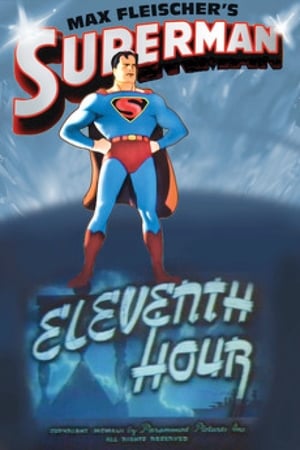 6.0
6.0Eleventh Hour(en)
Using Clark Kent as a cover, Superman travels to Japan as a saboteur during the war.
 7.0
7.0Dark Soul(it)
Enrico Russo rapes and slaughters children. A magistrate, a policeman and a psychiatrist try to arrest him, but it’s too difficult to identify a cancer that hides itself behind a normal life. Then, one day, Enrico meets Andrea, a 7 year old child, and falls in love with him. He wants to be Andrea’s good father, the good father he himself never had. But his emotional delirium isn’t able to hold back his animal instinct. By pure ‘chance’, the detectives find the monster in the act of his last execution. On time?
 10.0
10.0Maestro Rui Costa - Benfica's Prodigal Son(en)
Rui Costa is one the last football romantics. A symbol of devotion, of passion over profit. It's hard to find a player in Benfica's history with such a bond with the club having spent so many seasons abroad. The "Maestro" revives how he got up the ranks to the first team, soon becoming an international star in Italy but always longing to fulfill a promised and emotional return to where his heart calls home.
 5.9
5.9Twice 1st Arena Tour 2018 "BDZ" at Musashino Forest Sports Plaza Main Arena(ja)
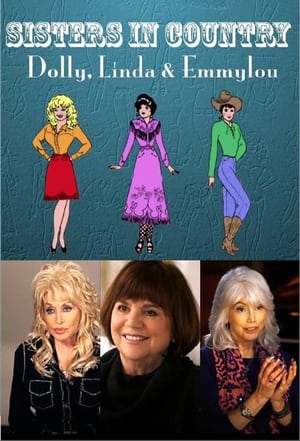 8.0
8.0Sisters in Country: Dolly, Linda and Emmylou(en)
Documentary which explores how Dolly Parton, Linda Ronstadt and Emmylou Harris's careers took off in the 1970s with very distinct takes on country before they ended up uniting as close harmony singers and eventually collaborated on 1987's four-million-selling debut album, Trio. This is the story of Dolly, Linda and Emmylou’s friendship and musical sisterhood over several decades, how they united their different audiences and raised the game for women in the country tradition.
 10.0
10.0Sotoba Komachi(ja)
Mishima reset the story in a 1950s urban park. At the beginning of the story, five couples are sitting on the benches and embracing. A 99-year-old lady appears in the park to gather cigarette butts. A poet sees her and admonishes her for disturbing the lovers and for using a park bench that rightfully belongs to those in love. They debate life and love. The old lady confesses that when young she was a beautiful woman and was admired by Captain Fukakusa. Upon describing a dance she attended, she and the poet find themselves at the dance, many years earlier, in Rokumei Hall, a ballroom where many handsome men and beautiful women are dancing. Everyone in the ballroom recognizes the old woman as the beautiful Komachi and comment on her beauty.
 6.0
6.0Snow Is Falling(ru)
One day the snow left the forest and went to the city. At the same time, his leadership was the Snow Law, which says that if you fall out for the first time, you can get up and walk again, if you fall out a second time, you can also get up and go further. And if you fall out for the third time, then you will remain lying until you turn into a puddle.
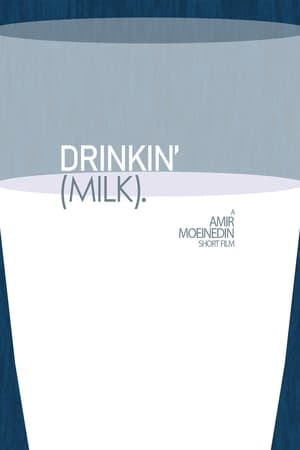 10.0
10.0Drinkin' (Milk).(en)
Watch this guy pour himself some milk and then drink it(or maybe not).
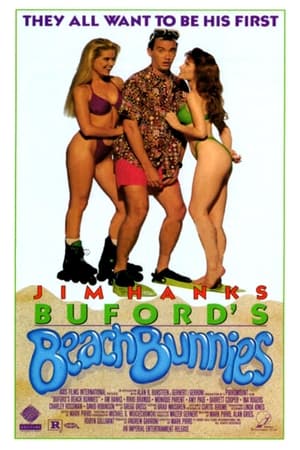 3.6
3.6Buford's Beach Bunnies(en)
Fast-food mogul Harry Buford serves up the best barbecued bunny sandwiches, and the hottest waitresses, in town. His only son, Jeeter, will inherit the empire only if he can overcome his life-long fear of women. When Buford offers $100,000 to the first of his sexy employees who can turn shy-guy Jeeter into a red-blooded he-man, the summer heat sizzles as Amber, Boopsie and Lauren pour on the charm in their efforts to win Jeeter's heart.
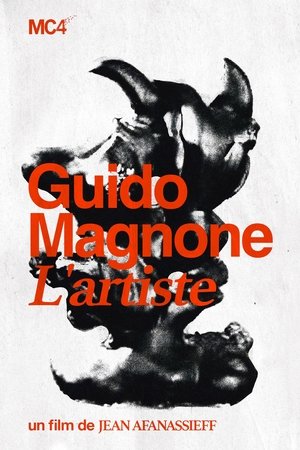 10.0
10.0Guido Magnone - The Artist(fr)
Guido Magnone designs cardboard boxes by hand for his parents' small business. A painter friend loves his brushwork and pushes him to attend the Beaux Arts. He takes an external competition, wins it, befriends the sculptors César and Féraud, surrealists, a handful of bohemians. He then discovered the mountain and quickly became one of the best climbers of his generation. He made prestigious conquests such as the west face of the Drus in the Alps, the first ascents of Fitz Roy in Patagonia with Lionel Terray or Makalu in the Himalayas... Magnone also participated in the creation of the UCPA and will be president of the Groupe de Haute Montagne from 1961 to 1965. From 1977, Guido returned to his first passion: sculpture, to devote himself fully to it around 1990. He began to exhibit again in 1996. In 2002, he exhibited his sculptures in Paris , Bourg-la-Reine, Aosta then in Etroubles in 2009.
 7.0
7.0Emuthi Puthi(as)
A rebellious teenager Ritika needs money to escape home while her eccentric granny Makhoni wants to travel 500 kilometres in search of a mythical fish for a perfect exit from the world. Both elope together from home one night, chased by one very harried policewoman - Makhoni's daughter and Ritika's mother, Indira.
Alexandra Beres - 200%(hu)
After a short warm-up dance and music are the calves, thighs, buttocks, hips, shoulders, arms, chest, abs exercises, and a well-deserved six-minute professional services. Hard, but not exaggerated, from head to toe shape.
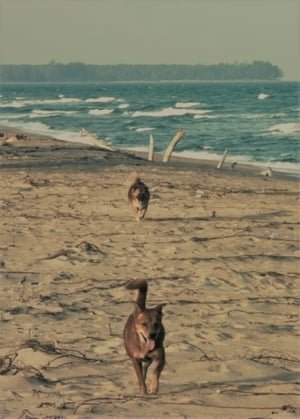 6.5
6.5Sangha(th)
At a temple at the far ends of the earth, a committee of dogs maintain guardianship over an ancient force.
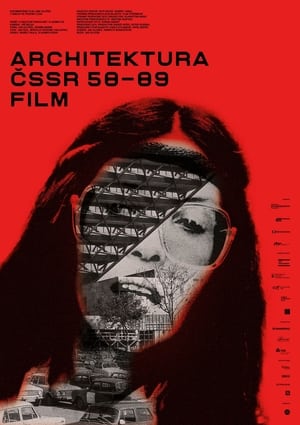 3.0
3.0Czechoslovak Architecture 58–89(cs)
Vladimir 518, uncompromising rapper, artist, stage designer and activist, is a rare phenomenon, who not only writes books, but publishes them as well. Today also a respected authority primarily on pre-1989 architecture, he has written not only a major publication on the subject, but also the story for two audiovisual works treating the same theme, which were shot by Jan Zajíček, renowned director of music videos. In addition to the recent TV series we have the eagerly anticipated feature-length film which, through its fascinating and impressive exploration of Czech and Slovak architecture of the latter half of the 20th century, offers exclusive insight into extraordinary buildings and unique individuals living below the Tatra Mountains. Karel Och (kviff.com)
 8.5
8.5Klephty(ar)
The film revolves around a man who can spend all of his life in a difficult life by lying and cheating. He is connected to a girl who seeks to marry him and is disappointed to be associated with another man until he finds himself alone, which causes him to continue the monument again.


